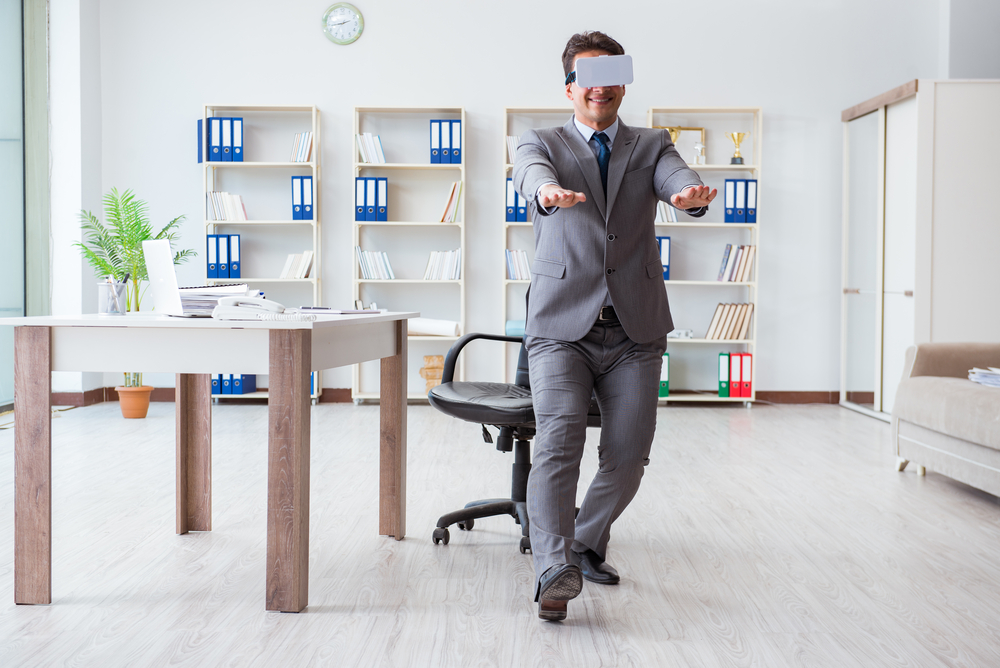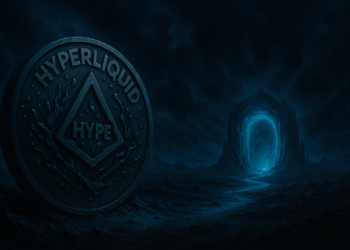As the global focus now shifts to remote work, one has to wonder how virtual reality will factor into all of this. Some companies still hold out high hopes for t what the future may hold in this regard.
Using VR for Work Purposes
It is evident that there is tremendous potential for virtual reality in a work environment. However, this technology will not be applicable in every industry either. When it comes to designing – either physical or otherwise – virtual reality can be a game changer given enough time and effort.
Although technology for UI and UX development is advancing rapidly, there are still plenty of improvements to unlock. Simplifying the way digital designing works, for example, is one way of going about things.
This is done by customizable VR and AR applications. For enterprise, these technologies provide realistic interactive virtual environments, which can be used for a wide variety of purposes.
For now, it would appear that this particular approach mainly suits two different types of applications. Companies exploring these options mainly focus on Sales and Marketing, as well as Safety and Training.
It is not the first time that training exercises and virtual reality appear to be a good mix. Various companies have experimented with training employees in an immersive environment.
Not only does this create a safer training environment, but it also provides near real-world experience. While not a perfect alternative,it is better than throwing employees off the deep end and hope they don’t cause major accidents.
Further advancing this ecosystem is direly needed. It is one of the very few real-world use cases for virtual reality technology. For consumers, it seems unlikely that these ventures will make much of an impact. Eventually, they may experience better products and services because of design experiences facilitated by VR.












